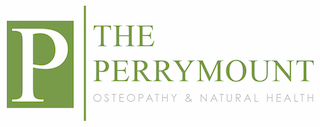Call to book or for more information 01444 410944
Too old, too late? The benefits of osteopathy in treating degeneration and arthritis
If there is one surety in life it is that we will age. Our musculoskeletal system is not immune from ageing - it affects us all to varying degrees. As we age the joints and surrounding tissues undergo changes. These include a decrease in the available movement of the joint, and weakening and wasting of the surrounding muscles.
Additionally, musculoskeletal strains, sprains and injuries we have suffered during our lives often resurface and cause discomfort, and we generally take longer to recover from such flare-ups. All of these factors lead to a decrease of musculoskeletal function and can increase wear and tear within our joints.
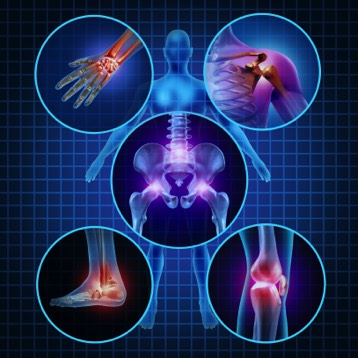
Some joints are more likely to be affected as we get older. For example, joints within the spine, hips, knees, ankles and feet take much of our body’s weight, and as such are more susceptible to degeneration and arthritis. It is the loading of these joints, notably when performing everyday movements such as walking, getting up out of a chair or even just standing for long periods, which results in noticeable stiffness and discomfort.
The more work these joints are asked to do, the more the localised area can become painful. Sufferers often talk about a dull uncomfortable pain that is worse with activity. For example, working in the garden with the requisite bending at the waist may cause back pain, and walking for a prolonged period may cause knee or hip pain. As the movement becomes more restricted, the muscles around the joint waste and weaken due to a decrease in use. This exacerbates the problem further.
At this point you can make a decision to accept the inevitability of ageing and its consequences, or you can choose to see what an osteopath can achieve through a mix of treatments, exercise prescription and nutritional advice. For example, although it is correct that when a joint is worn it cannot be reversed, the pain you experience often arises from the surrounding tissues, not from the joint itself. Wear and tear of a joint can often be slowed considerably if a person takes such a proactive approach.
At The Perrymount Clinic our highly qualified osteopaths will look to decrease the forces acting on the joint, increase its range and quality of motion and build up the strength of muscles around the joint. We may also look at other factors such as the body’s postural adaptions and compensations, lifestyle, weight and diet (including supplement advice). This mix of treatment and advice may assist you to a more pain-free life and enable you to carry on doing the things that you love to do.
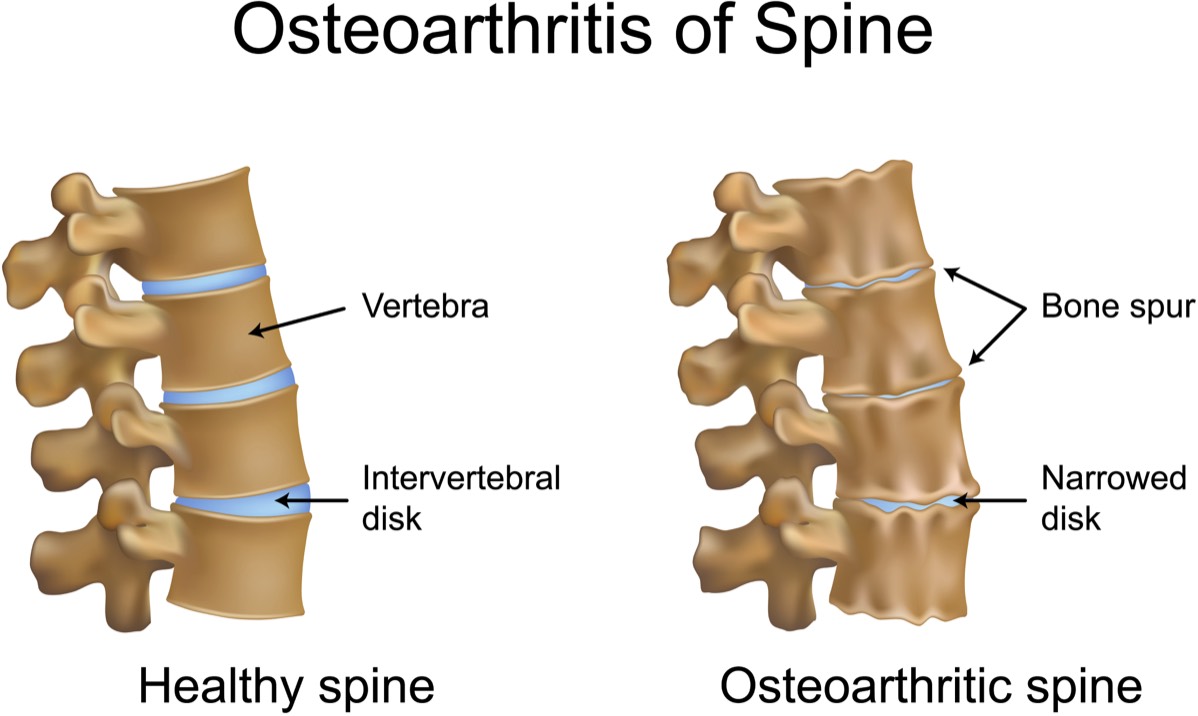
You need not put up with pain just because you are getting older, and many of our mature clients have been able to resume a more active lifestyle following treatment. Of course there are cases when you may need an alternative to osteopathy. In such a situation we can refer you privately for imaging, or to a consultant or to your GP, as necessary.
Written by Christopher Brooks M.Ost
Chris is a registered osteopath who achieved a Masters with distinction from the British School of Osteopathy. He works predominantly as a structural osteopath and is also a qualified medical acupuncturist.
Chris has a particular interest in treating desk-based and sedentary workers and working with both mature and adolescent patients, using his firm grounding in structural and bio-mechanical knowledge to produce positive outcomes. Long-term recovery is made more likely by not just working on the symptomatic site of injury and pain, but by also addressing their predisposing and maintaining factors.
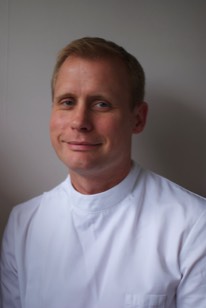
During treatments, Chris combines rehabilitation exercises and multiple techniques to obtain the best results. His philosophy is to help patients to return to, or enable them to continue doing, the things they enjoy for as long as possible.
Chris worked at London’s busiest osteopathic clinic prior to moving to Sussex and joining The Perrymount Clinic. He lives locally and has a young family, so is well aware of balancing the conflicting pressures of work and home life.
To book an appointment with Chris or one of our other osteopaths call 01444 410944
OSTEOARTHRITIS
A medical description of osteoarthritis
Osteoarthritis is a medical condition of the joints that causes pain and stiffness in the joints. It is the commonest type of arthritis globally.
Symptoms of osteoarthritis vary in severity from an individual to the other, and between different joints affected. For some persons, the symptoms may be mild and may come and disappear, whereas it is worse and persistent with others.
Osteoarthritis affects most joints of the body, but it is more likely to occur in the knees, hips, and small joints of the hands. It becomes tough to carry out normal activities of daily living with the pain and stiffness felt by people with osteoarthritis.
Symptoms of osteoarthritis
The symptoms come in phases which can be associated with an individual’s levels of activities and weather. Symptoms of osteoarthritis can be intense and continuous. The main symptoms of this condition are pain and stiffness around the affected joint. Other symptoms may include:
- Tenderness of the joint
- Increased pain and stiffness felt after a while of not moving the joint
- Joints appearing slightly larger than normal
- Grating or crackling sound or feeling in your joints
- Limited range of movement in your joints
- Weakness and muscle wasting (loss of muscle mass)
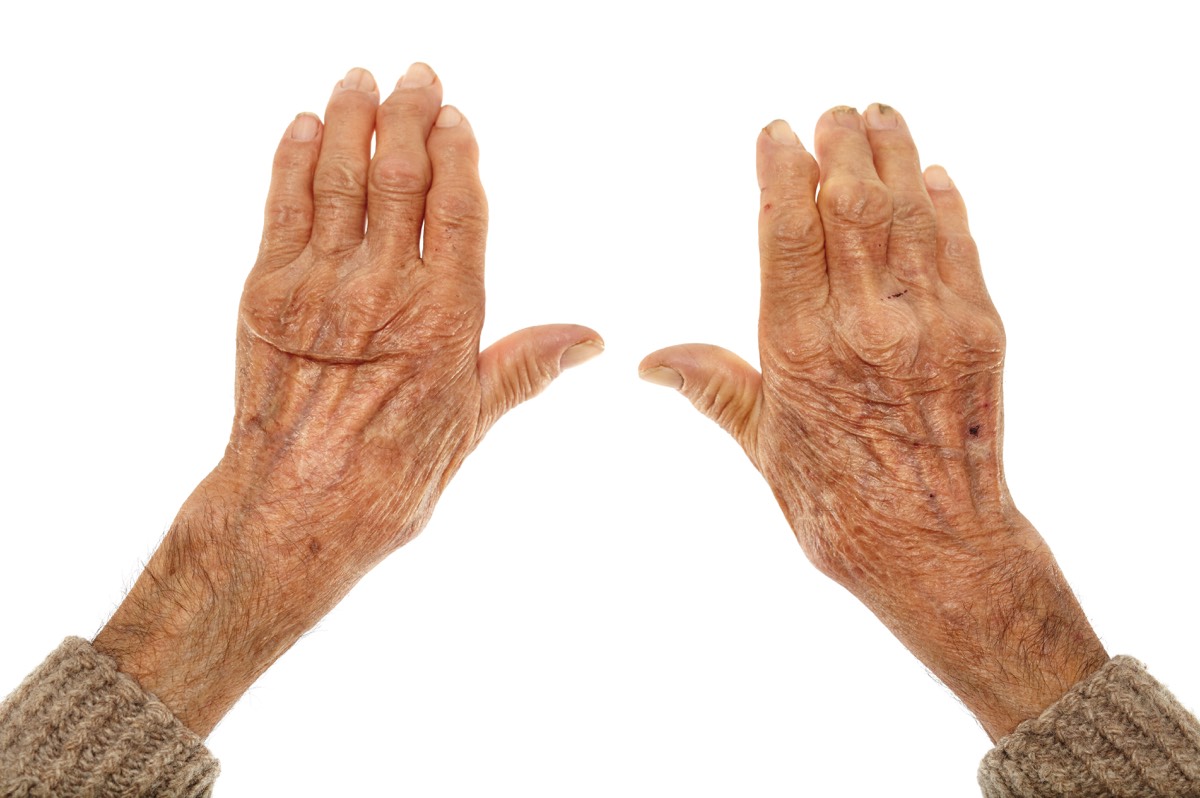
Causes of osteoarthritis
Osteoarthritis results from damage to the joints that is not completely resolved or repaired by the body. Instead, some of the cartilage in the joint are lost, bony growths develop, and the area becomes slightly inflamed. The exact causes are not known but several factors have been identified to increase your risk of developing osteoarthritis.
They are:
Joint injury – Osteoarthritis can develop in a joint traumatised during a surgery or from an injury, especially when there is an overuse of this joint without enough time to heal.
Other conditions (secondary arthritis) – Osteoarthritis may affect joints that have previously suffered from gout or rheumatoid arthritis. It is very possible for secondary osteoarthritis to occur many years after the initial damage to the joint.
Age – Most cases of osteoarthritis affects adults of 40 years and above. Though, osteoarthritis in not a normal part of ageing, but one’s chances of developing the condition increases with age.
Family history – In some cases, this condition may be genetic. Offspring of a parent with osteoarthritis is more vulnerable to the condition.
Obesity – Studies have shown that overweight and obese puts excess strain on your knee and hip joints because they bear most of your weight. As a result, osteoarthritis can often be worse in overweight and obese people.
Diagnosis of Osteoarthritis
Currently, there is no particular test to diagnose osteoarthritis, so your physician will ask about your symptoms and physically examine your joints to help ascertain whether you have osteoarthritis.
Osteoarthritis is suspected if:
- you are aged 45 years and above
- your joint pain becomes worse anytime you use the joints
- You have joint stiffness that starts in the morning but resolves within 30 minutes.
- If you have clinical manifestations that are a little different from the above-listed symptoms, it may be an indication that you have another joint condition. For instance, rheumatoid arthritis may present with prolonged joint stiffness in the morning.
- X-rays or blood tests are done to rule out other possible causes of your symptoms, like bone fracture or rheumatoid arthritis.
There is no definite cure for osteoarthritis. Palliative treatments available are only directed towards achieving relieved symptoms.
They include:
- Modifications in lifestyle such as exercising regularly and maintaining a healthy weight,
- Pain relieve medications, and
- Supportive therapies to assist the individual in everyday activities.
- In a few cases, where other treatments are not helpful, surgery may be considered to repair, strengthen or replace damaged joints.
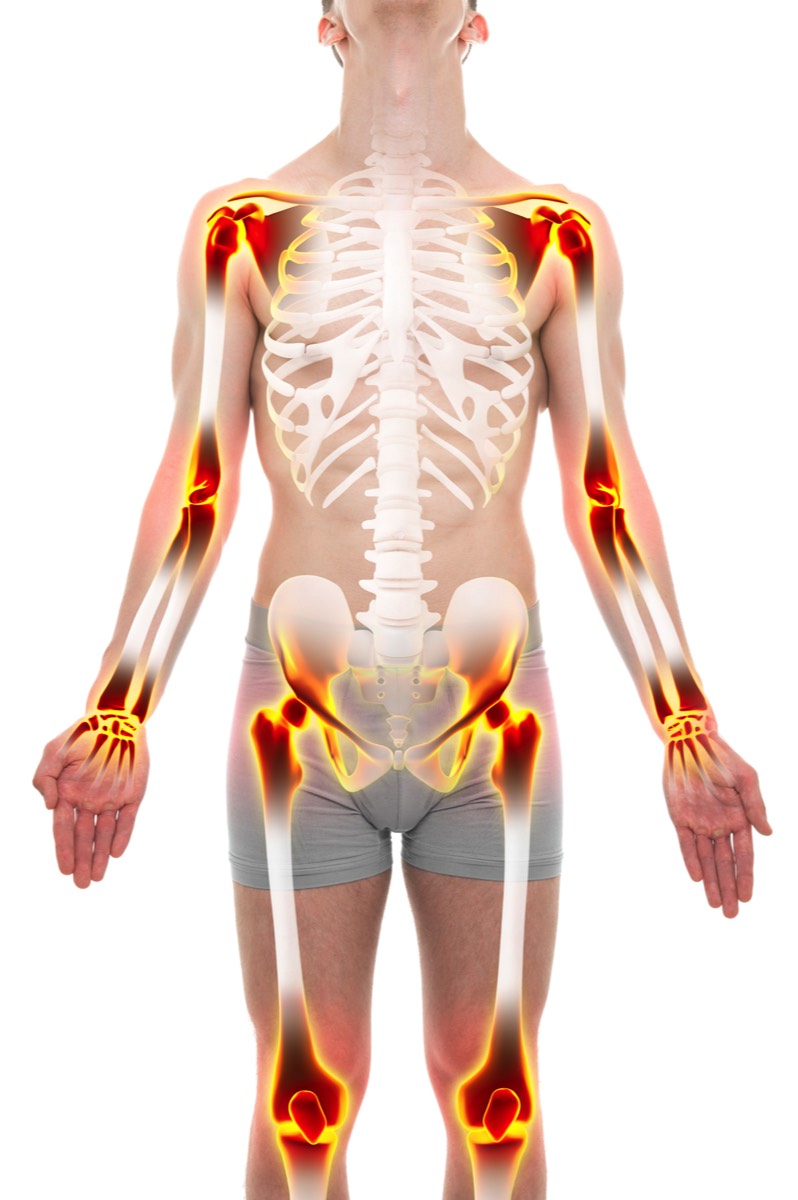
Prevention of osteoarthritis
- Take care of your joints
- Regular exercise can help you keep your joints healthy, but be careful not to put much pressure on your joints, especially your hips, knees and your hand joints.
- Keep your muscles strong
- Exercise your muscles to keep them strong. Muscles help to support your joint, so having strong muscles may help your joints remain healthy too.
- Take about 3 hours each week to participate in aerobic exercises like cycling or fast walking to build up your muscles and maintain optimum health.
- Lose weight if you are overweight or obese
- Overweight or obesity increase the strain on your joints and increases your risk of developing osteoarthritis. Losing weight may help lower your risks of developing the condition.
References
Osteoarthritis (OA) | Arthritis | CDC. (n.d.). Retrieved from http://www.cdc.gov/arthritis/basics/osteoarthritis.htm
Running can be GOOD for your knees and may prevent ... (n.d.). Retrieved from http://www.dailymail.co.uk/health/article-2839542/Running-GOOD-knees-actually-pr
Osteoarthritis. (n.d.). Retrieved from https://www.arthritiscare.org.uk/what-is-arthritis/types-of-arthritis/62-osteoar
Osteoarthritis Treatment and OA Symptoms - MedicineNet. (n.d.). Retrieved from http://www.medicinenet.com/osteoarthritis/article.htm
If you would like to book an appoinment with one of our osteopaths please give us a call on 01444 410944 or leave us a few details below and we will be in touch with you shortly
Feel free to download any of our self-help and educational e-books, just click the link below
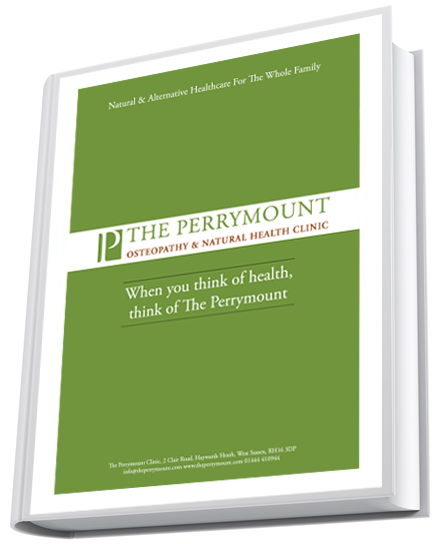
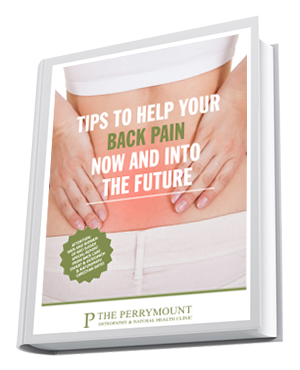
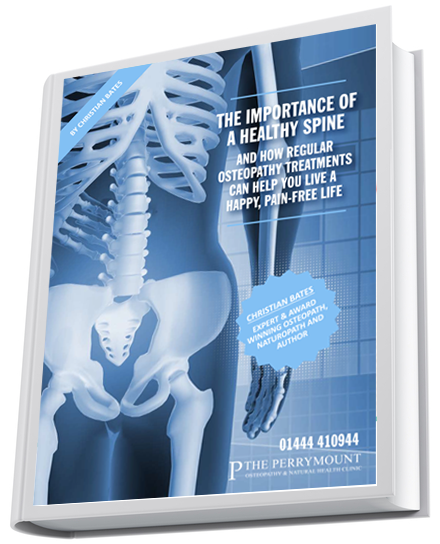
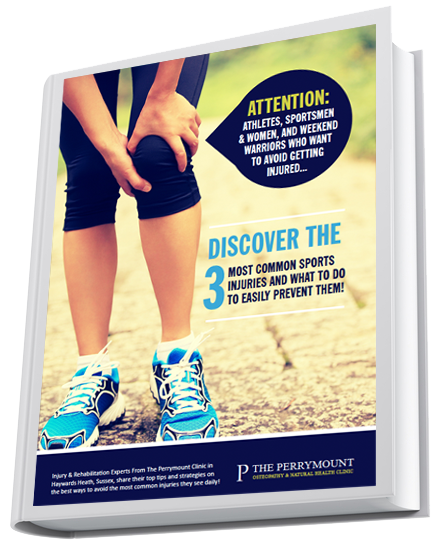
Sign up to our newsletter for 6 free health ebooks and £100 of treatment vouchers
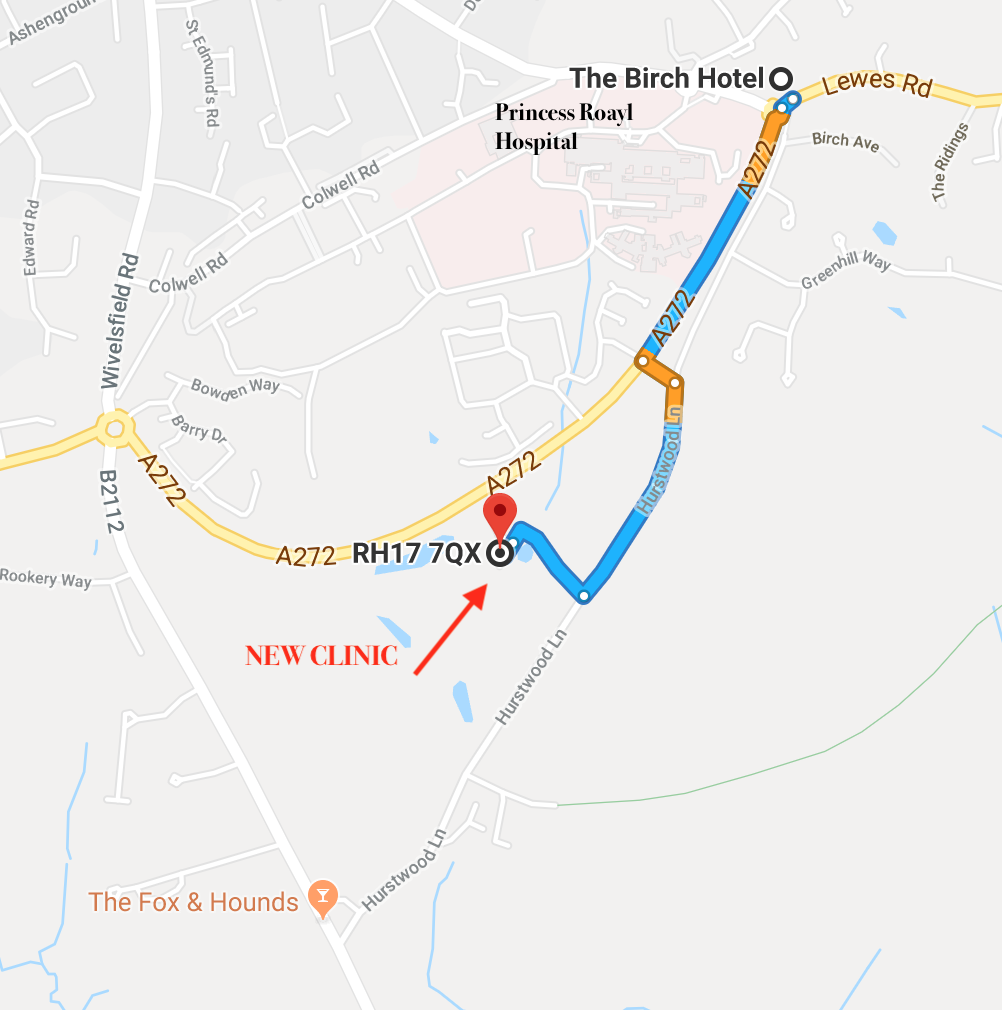
The Perrymount Clinic
Unit 5
Hurstwood Grange
Hurstwood Lane
Haywards Heath
West Sussex
RH17 7QX
01444 410944
info@theperrymount.com



